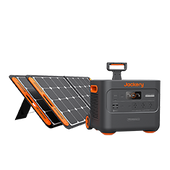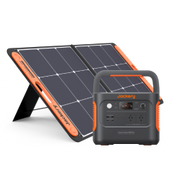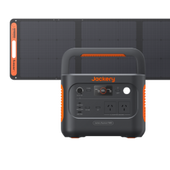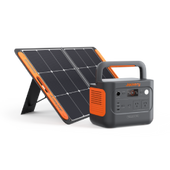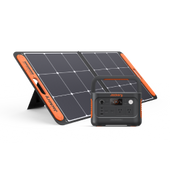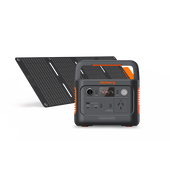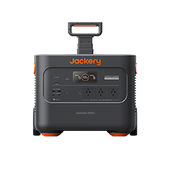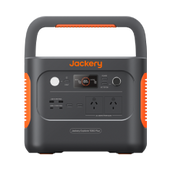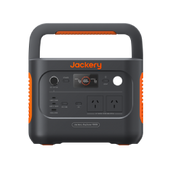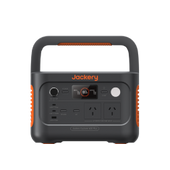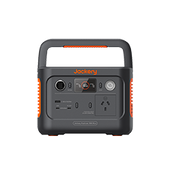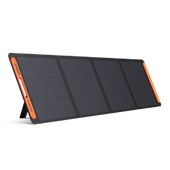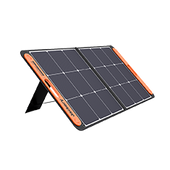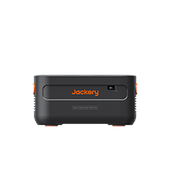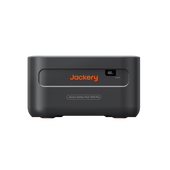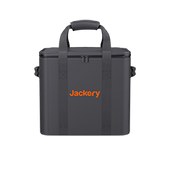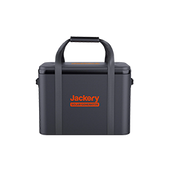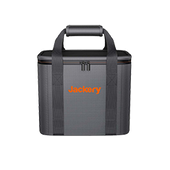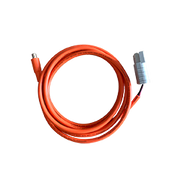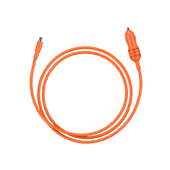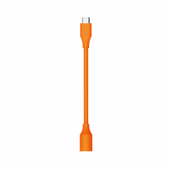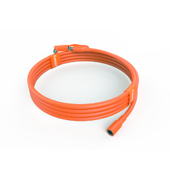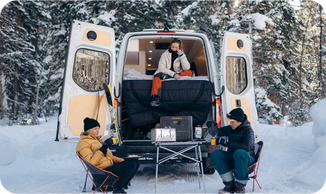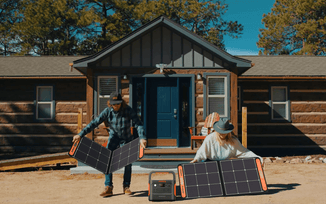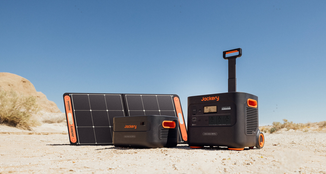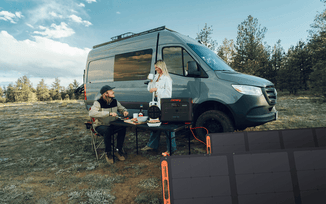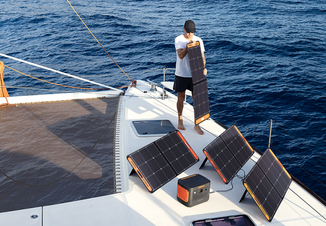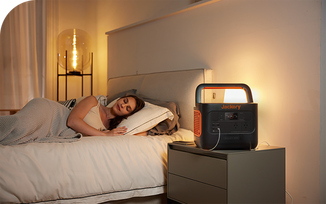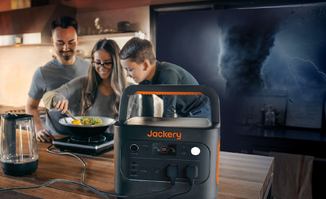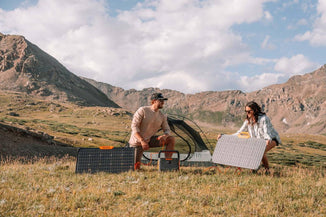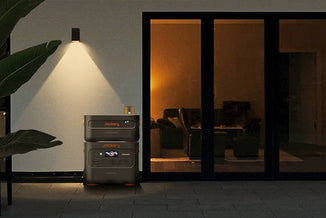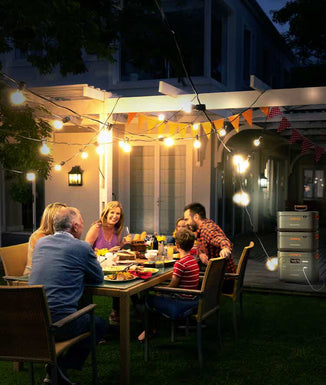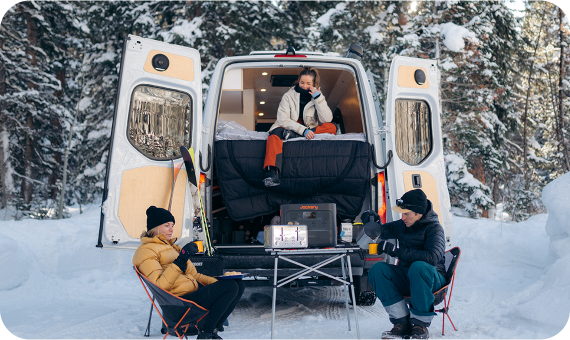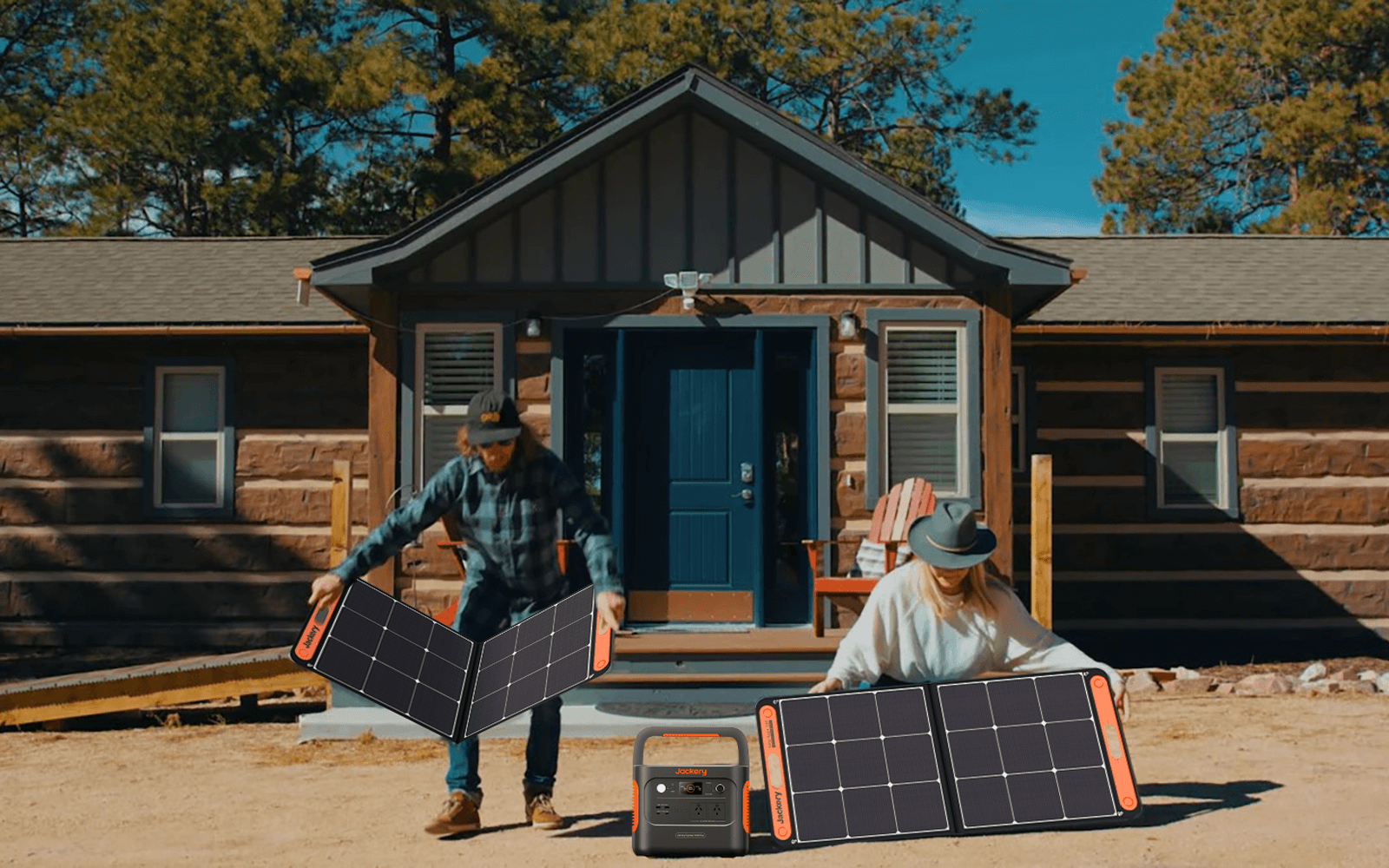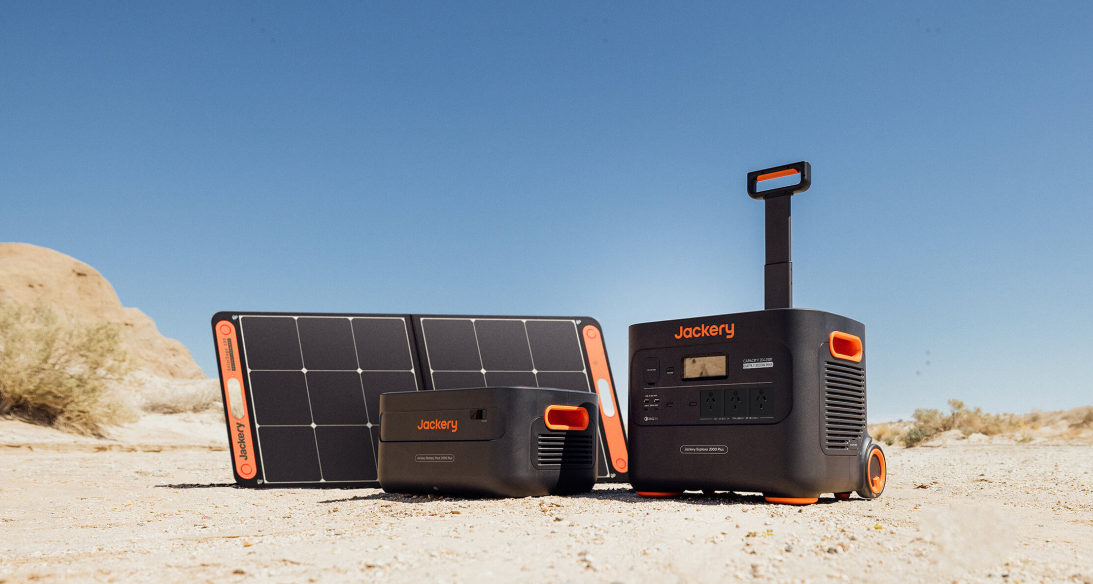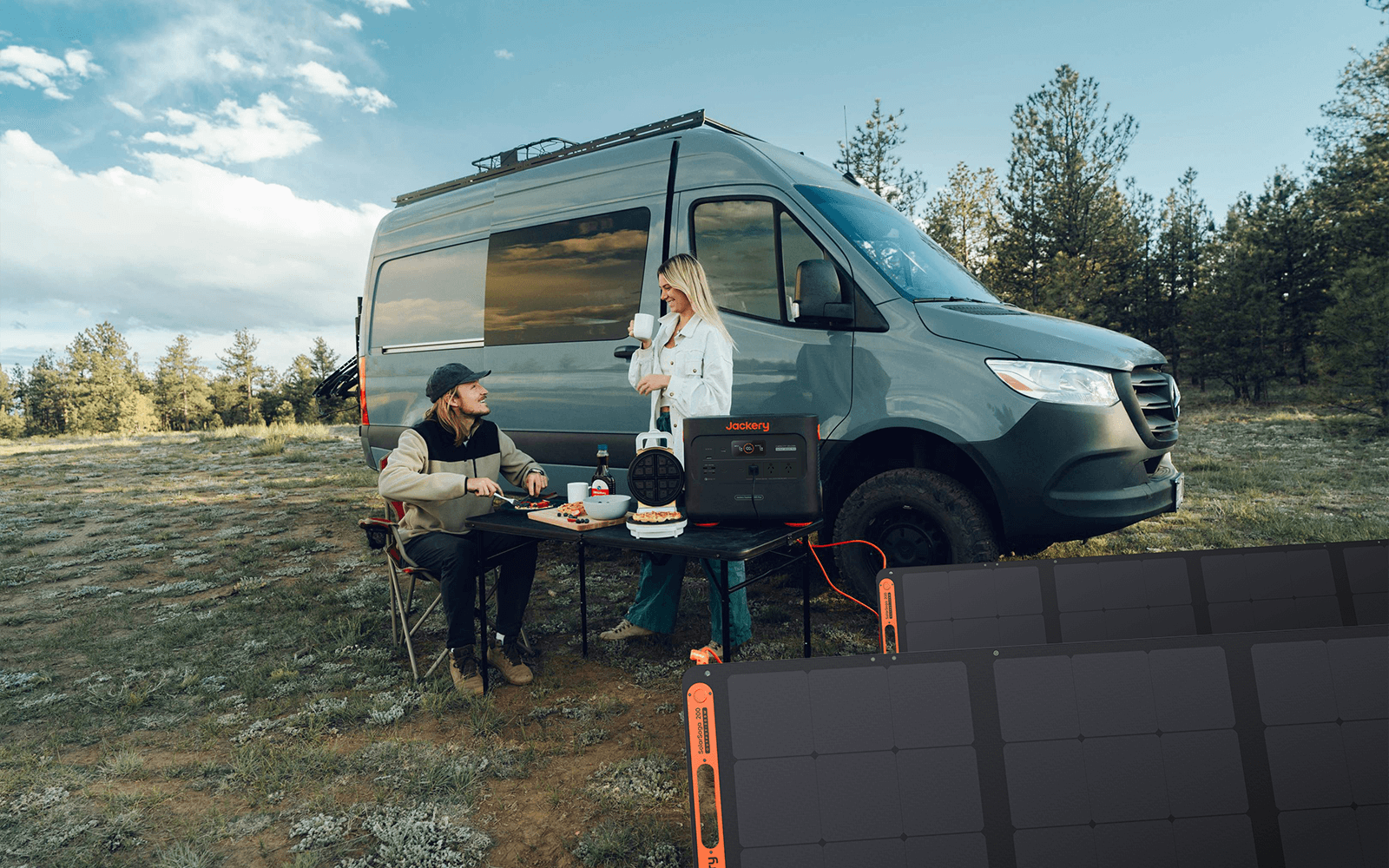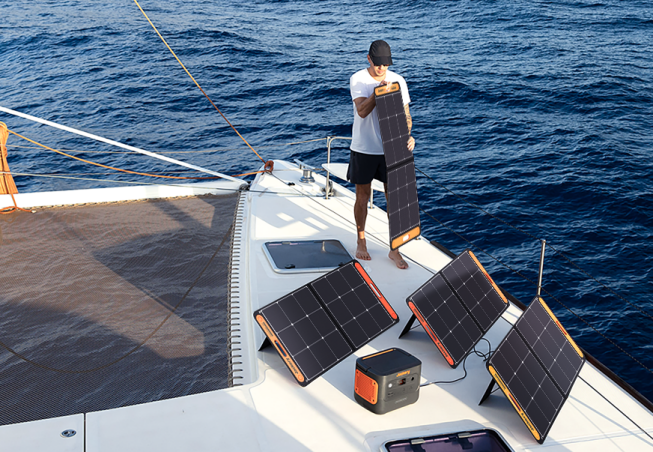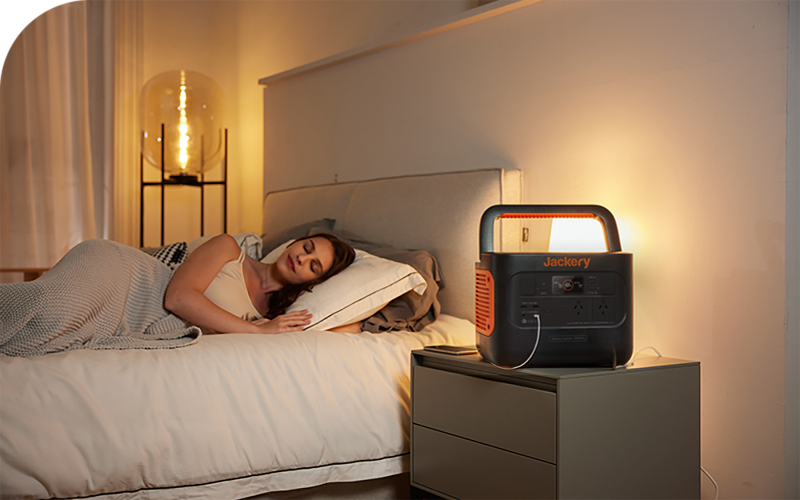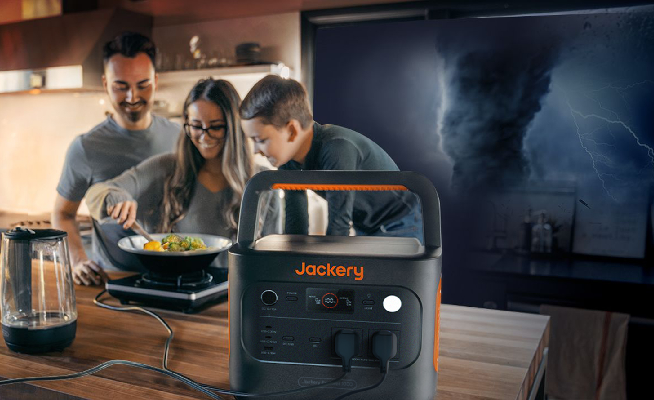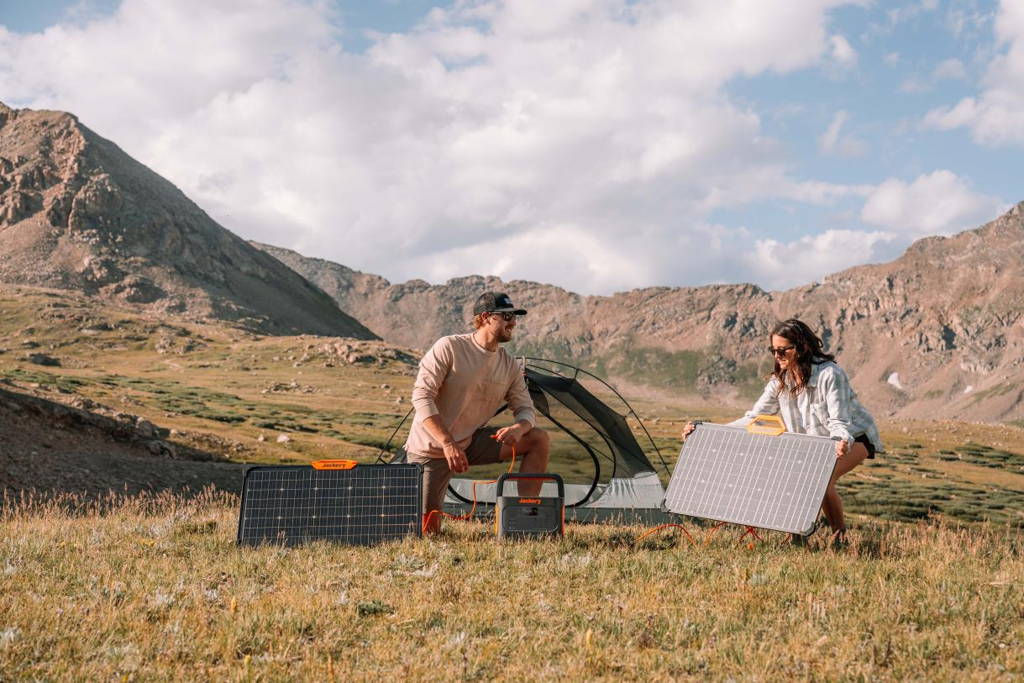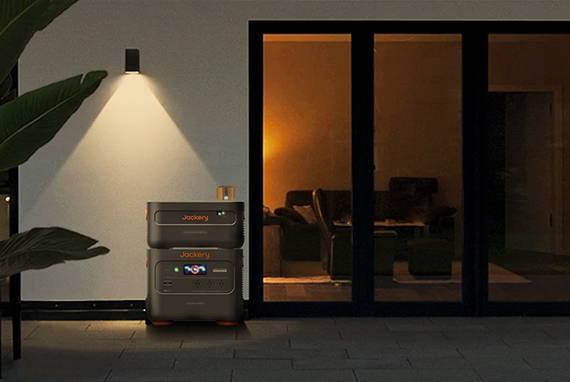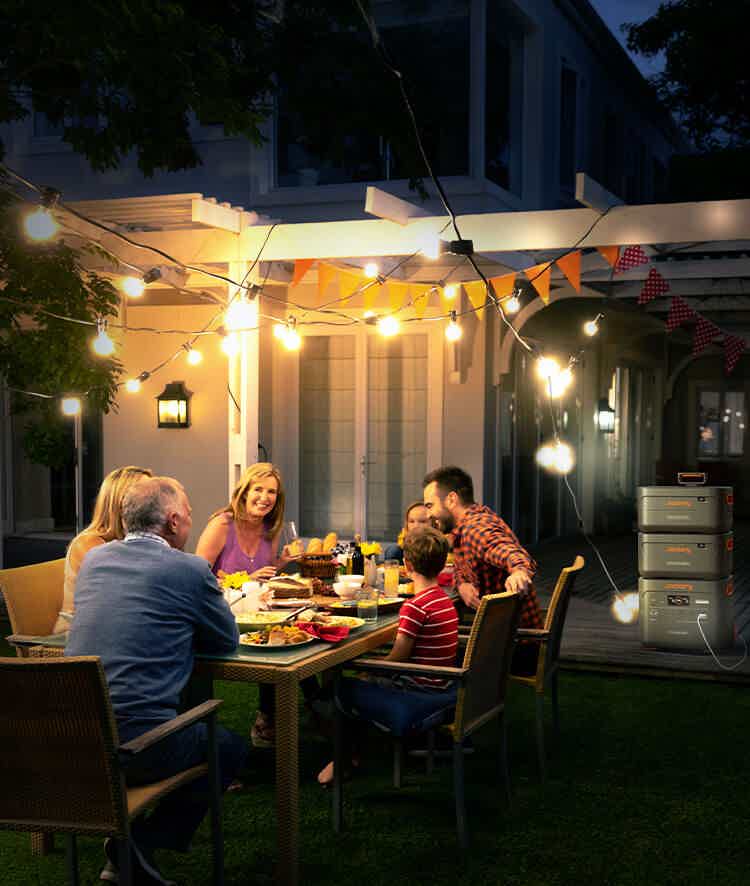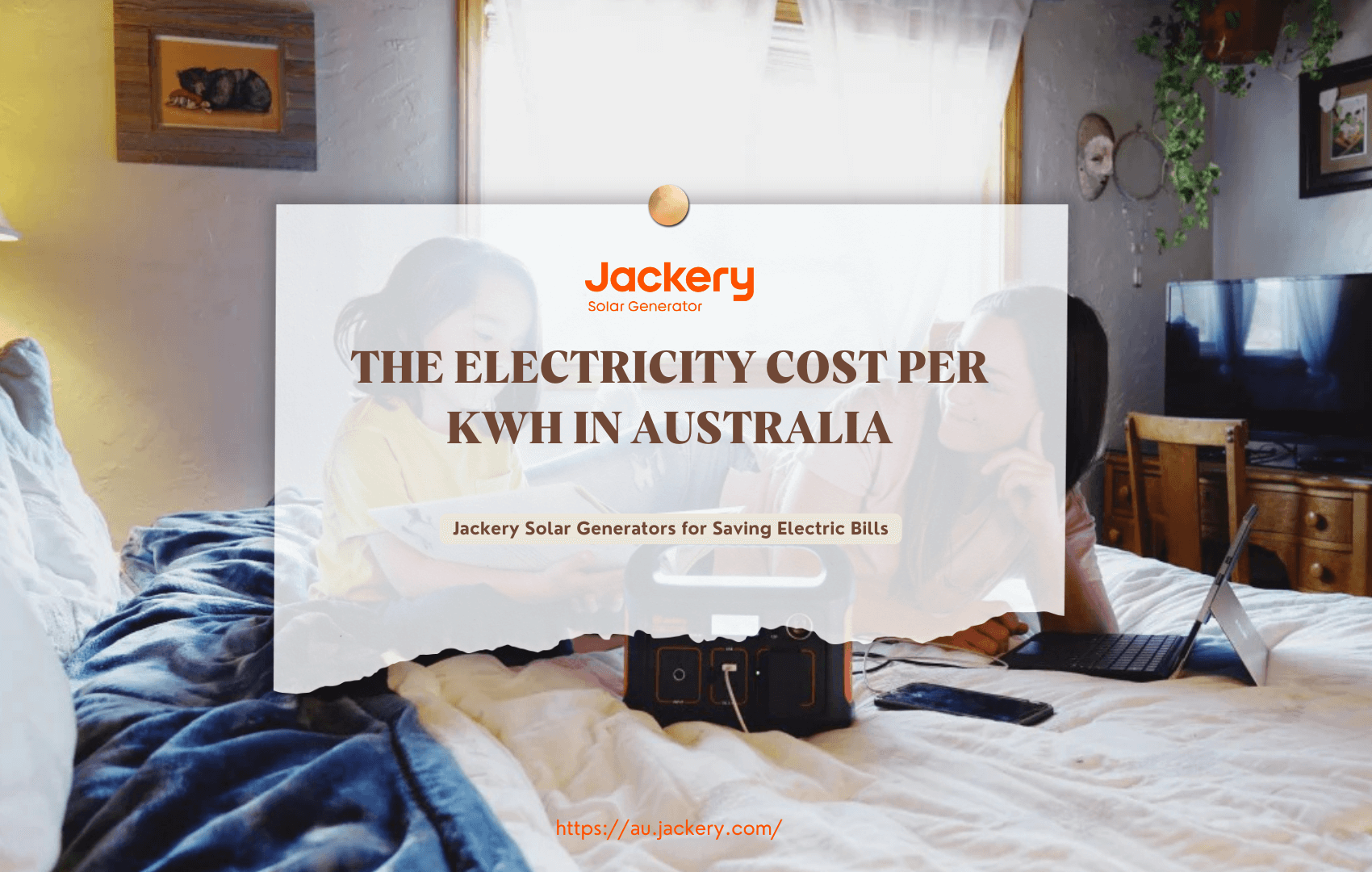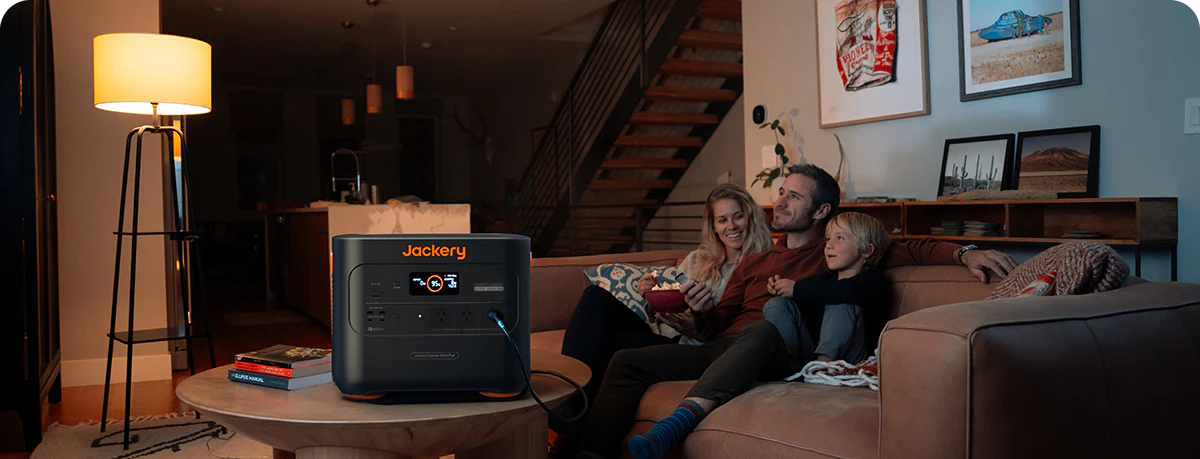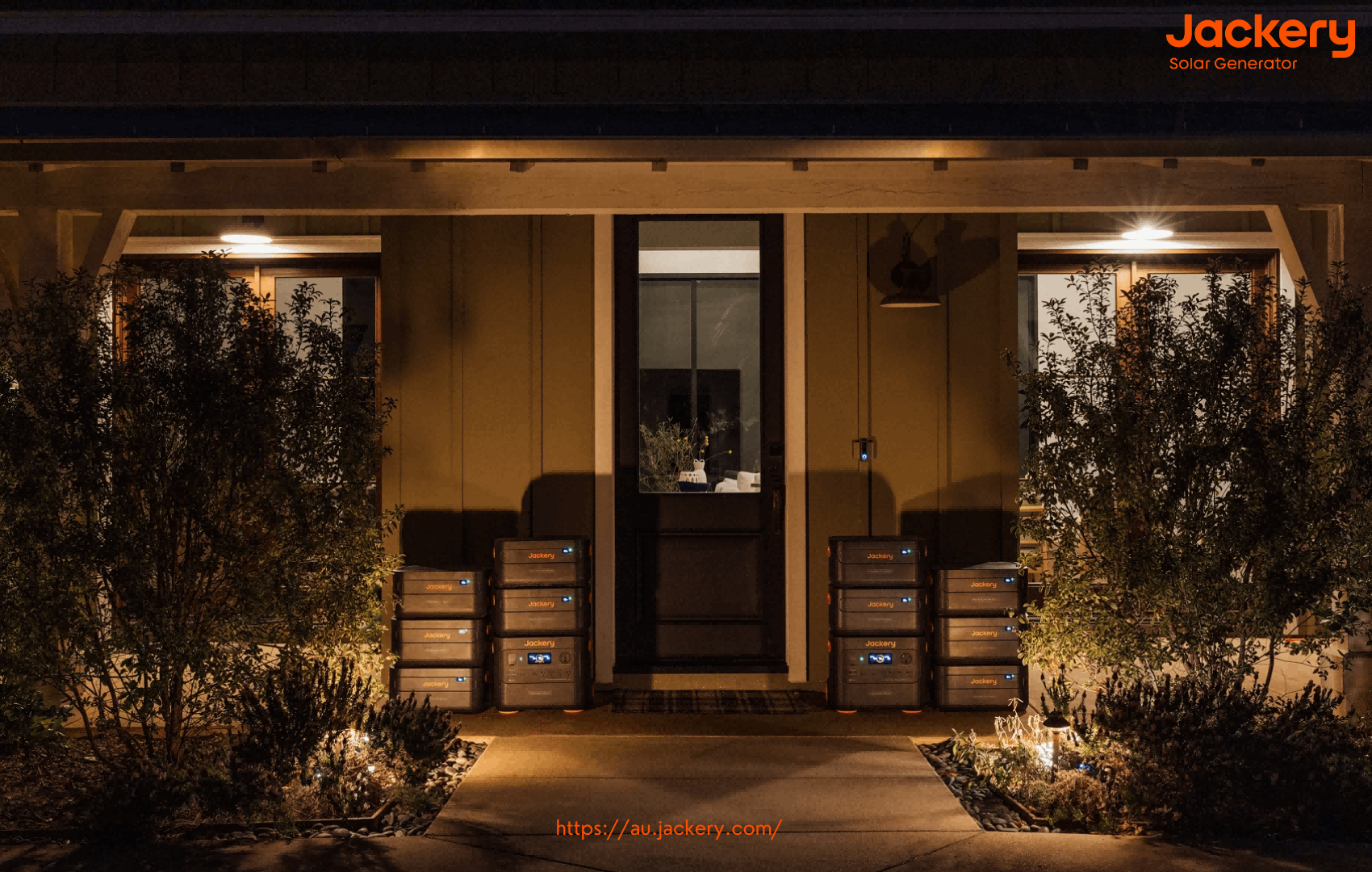|
Key Takeaways: |
|
- Jemena provides electricity for more than 370,000 homes and businesses in Australia. - Jemena provides natural gas to 1.5 million residential, commercial and industrial sites across Australia. - Jemena has experienced a few influential power outages in Australia in recent years. - Weather, wildlife, and grid demand overload are Australia's most common causes of power outages. - If you believe you have a life-threatening situation, please call 000. - We highly recommend the Jackery Solar Generator 2000 Plus to power essential household appliances during a power outage or other emergencies. |
Jemena Power Outages Overview
Jemena is a major infrastructure company in Australia that provides electricity to more than 370,000 homes and businesses in north and western Melbourne. It offers new connections, metering, energy efficiency programs, maintenance and development of the distribution network and management of more than 78,500 streetlights.
Jemena owns and manages various energy assets throughout Australia's east coast and north. Jemena has almost a century of experience and knowledge in the utility industry. Its primary utility infrastructure, valued at over $12.4 billion, provides vital services to millions of homes and businesses daily.
Jemena owns and operates a broad portfolio of energy assets throughout northern Australia and the East Coast. With over $12.4 billion in major utility infrastructure, it provides crucial services to millions of people and businesses daily. Here are some energy assets Jemena owns.
Jemena Electricity Network
Through over 6,800 km of poles and wires, Jemena's electrical network provides power to more than 370,000 consumers and companies in a 950 square km area in northwest greater Melbourne. It is one of Victoria's five authorised electrical distribution networks. The network covers central industrial districts, established inner suburbs, residential expansion zones, and Melbourne International Airport.
Jemena Gas Networks
Jemena Gas Networks was established in 1837. The 25,000-kilometer gas network serves over 1.5 million homes, businesses and industrial users in Sydney and New South Wales.
|
|
Jemena Electricity Network |
Jemena Gas Networks |
|
Market Sector |
Electrical distribution |
Gas distribution |
|
Ownership |
Jemena owns 100% of the property. |
Jemena owns 100% of the property. |
|
Management |
Jemena is in charge of overseeing the electricity distribution network. |
Jemena is responsible for administering the gas distribution network. |
|
Length |
6,800 km |
25,000 km |
|
Purpose/Use |
Supply more than 370,000 residences and businesses in northwest Melbourne with power. | Provide natural gas to 1.5 million residential, commercial and industrial sites in Sydney, Newcastle, the Central Coast and Wollongong, as well as customers in over 20 regional centres, including the Central West, Central Tablelands, South Western, Southern Tablelands, Riverina and Southern Highlands regions. |
| Customers |
Approximately 370,000 |
1.5 million residential, commercial, and industrial customers. |
(Data Source: Jemena)
Assets Part-Owned by Jemena
This distribution partnership owns the ACT's gas and electricity networks. Jemena is in charge of the gas network. In the Mornington Peninsula and southeast Melbourne, this 13,000-kilometer network provides energy to over 640,000 residences and industries. Jemena owns 34% of this network.
Some Major Power Outages in Australia Involving Jemena
Jemena, one of Australia's largest electricity suppliers, has been involved in several catastrophic outages. In recent years, some instances have caused significant damage to Australian individuals and property. Here are some of the significant Jemena power outages that occurred in the last three years:
Victoria, February 2024
Victoria's electrical transmission and distribution networks, including Jemena's, sustained significant damage during the February 13, 2024 storm. Approximately 1,100 power lines and 12,000 km of distribution lines are impacted.
Nearly 1 million customers lost power during the catastrophe, with 531,000 going without electricity at its worst. A 500-kilovolt transmission line failed, and six transmission towers fell. The Australian Energy Market Operator (AMEO) mandated load shedding to stabilise the grid after a Loy Yang power station's generating units were turned off.
Heidelberg Heights, Victoria, April 2023
The Essential Services Commission has accepted a court-enforceable undertaking from Jemena Electricity Networks (VIC) Ltd (Jemena) for allegedly neglecting to notify 49 customers of a planned power outage in Heidelberg Heights in April 2023. One of the clients was a registered user of life support devices.
In compliance with the commission's reporting requirements, Jemena self-reported that it failed to notify 49 customers of a planned interruption. The commission's investigation revealed evidence that Jemena breached Victoria's energy laws, which require distributors to provide written notice to customers at least four business days before a scheduled power outage.
Melbourne Airport, May 2022
A power outage at Melbourne Airport disrupted check-in and baggage services, causing chaos. According to the energy supplier Jemena's website, the power outage affected approximately 34,000 customers in Melbourne's northwest.
A spokesperson for Jemena told ABC that the broad outage was triggered by a breakdown during installation and testing at a Keilor terminal. The impacted suburbs were Aberfeldie, Airport West, Ascot Vale, Essendon, Flemington, Moonee Ponds, Niddrie, and Strathmore.

What Are the Causes of Power Outages in Australia?
Living in Australia, we've all experienced the frustration of an unexpected power outage. Understanding the causes of power outages, whether brief flickers during a storm or long-term blackouts, can help you plan for and remain calm during these disruptions. The most prevalent causes of power outages in Australia are weather, wildlife, and grid demand overload.
Weather
Storms: Prepare for torrential rain, Melbourne's notorious 'southerly busters', and lightning strikes - a formula for power outages. Wind can topple electrical poles or toss debris onto them, resulting in outages that may affect your entire neighbourhood or street. Lightning strikes can generate electrical surges or trip transformers, resulting in localised blackouts.
Heatwave: High temperatures burden the electricity grid, particularly during peak demand hours (often early evening between 4 and 8 p.m.). Excessive air conditioning can overload transformers, causing rolling blackouts to avert more extensive power failures.
Bushfire: Power interruptions may be a safety precaution for our friends living in bushfire-prone areas. Power companies may turn off the energy to keep damaged power lines from starting fires and preserve lives and houses. This frequently occurs during the wildfire season and natural disasters in Victoria, New South Wales, and South Australia.
Wildlife
Curious Animals on the Highwire: Birds, snakes, and possums can occasionally act as unintended conductors. These inquisitive animals may fly or climb too close to transformers or power wires for comfort. Their bodies bridging the space between live cables could result in a short circuit could result in a short circuit. Your entire street or home may experience power outages due to this unforeseen connection, which produces sparks and interferes with the electrical flow.
Cable Chewers: Rats and mice habitually nibble on whatever they can get their teeth into. Unfortunately, electrical lines are not exempt from this nibbling behaviour. These chewers can destroy subterranean or indoor electrical cables, disrupting power supply and potentially triggering power outages.
Demand Overload
Grid Overload: Hot summer days and cold winter nights frequently increase electricity demand, straining the grid's capacity as people turn up their heaters or air conditioners. Transformers may overload if too much power is consumed simultaneously, resulting in regulated blackouts to avoid power outages and safeguard the grid.
Infrastructure Issues Caused by Age: Power lines, transformers, and substations are all essential grid components. These parts may deteriorate and become more prone to failure over time. Older power lines or substations may malfunction, causing localised or even total loss of electricity and widespread outages that affect homes and businesses. Worn-out transformers may also be unable to handle peak demands.
Load Shedding: To protect the entire Australian power grid, the Australian Energy Market Operator (AEMO) took a crucial step: They instructed power companies to cut off local power when there was a shortage. This helped lower the grid's overall demand and prevent a large-scale blackout.
Some Other Common Causes of Interruptions Are:
Vehicle or machinery accidents
Vandalism
Debris or vegetation hitting powerlines
Pole top fires
Wiring or appliance faults on property
Equipment failure
Your area's power lines and/or network electrical equipment may also need to be temporarily taken out of service for repairs or to allow for maintenance, alterations, or augmentation.
How To Prepare for a Power Outage in Australia?
Jemena commits to give you at least four business days' notice of any planned interruption. Customers may receive multiple notifications from Jemena:
A letter delivered by Australia Post.
A hand-delivered card
An email, if you have a shop-registered email address
An SMS, if your shop has recorded your mobile phone number
You can call Jemena at 1300 131 871 to modify your communication settings for power interruptions.

Before the Day of the Outage
Set a reminder for the scheduled downtime. Write it in your calendar, notepad, or sticky note on your refrigerator. Your security system may require particular attention; consult your owner's manual for further information. You may also notify your security personnel that your system may be disturbed during this time.
Always adhere to the strategy you discussed with your doctor first. To register new equipment or amend your contact information, phone 131 626. In a life-threatening scenario, always dial 000.
Install an Uninterrupted Power Supply (UPS) in all computers, internet modems, and laptop batteries.
In rural areas, please take the appropriate measures to protect all livestock. If you have an electric water pump, saving enough extra water to last during the interruption is a good idea. Don't be left in the dark. Keeping a backup kit in the house is always a good idea, including torches with spare batteries, camping LED lanterns, charged power packs for mobile phones, and a small portable radio with batteries.
On the Morning of the Planned Outage
Switch off motor-driven appliances such as washers, dryers, ducted heaters, air conditioners, and televisions. Set your refrigerator to the coldest setting about two hours before an anticipated outage. Cover your food and try not to keep opening the fridge door. When you turn the power back on, return your refrigerator to its original settings. You might also want to add a few bags of ice to your freezer area.
Open your gates and garage doors if you believe you will require access just before the interruption; otherwise, keep them locked. Garage doors typically feature a manual override cable; consult your manual for specifics.
If you have electric garage doors or gates or live on a small street, consider parking your car in your driveway, front yard, or street. Trucks may be required to park on narrow roads or in front of driveways to safely execute pole and wire work. Avoid parking in front of electricity poles, as this might cause delays in getting repairs done on schedule.
Look out for one another and see if any neighbours are elderly or ill and want assistance. Leave a light on- After turning off all lights and appliances, turn one light on to indicate when your power has been restored.

Emergency Preparation of Unplanned Outages
Have an emergency kit. Keep battery-powered torches charged and easy to find; remember to have spares available. Avoid candles, as they can be a fire risk. Have a battery-powered radio to stay informed about weather and emergency alerts if your phone or internet service fails. Write down a list of emergency and essential phone numbers.
Charge your phone, power bank and USB devices. If you intend to charge your gadgets in a vehicle, ensure it is run outside in the shade with excellent ventilation to minimise exhaust fumes accumulating in and around your home.
Prepare any emergency or health equipment you may need, including prescription medications. Take screenshots of digital in case the internet service fails. Have cash, which can be used during prolonged outages in case electronic payment systems at local shops are down.
Prepare your home, business and property. Know your energy provider, and sign up for updates and news. Your energy provider – known as an energy retailer – is the company that sends your electricity or gas bill. Check on elderly or vulnerable neighbours. Make sure you have fuel in your vehicle and any backup generators. If you have an electric vehicle, make sure it's fully charged.
Make sure you know how to turn off the power to your home. If water gets into your home, you can quickly and safely switch off the power at the main switch if it's safe. Know how any manual overrides for entry and exit to your property, like garage doors and/or property gates and doors.
If you rely on an electric pump for your household water supply, store enough water for your needs while the power is off. Have a backup power, like Jackery Solar Generator, to cook food and boil water when the power goes out, like a camp stove or gas BBQ. Back up important data, save key files and turn off sensitive equipment before a power cut. Always call Triple Zero (000) immediately in life-threatening or emergencies.
Power Restoration
Hospitals and other essential services receive power first. Then, the suppliers address the issues that will benefit most customers and restore power to those without it for the longest. This implies that the energy suppliers would repair various circuits based on their priority.
As a result, if your electricity is still out and you can see lights across the street, it just means that your circuit hasn't been repaired yet. Although Jemena's network has a backup supply that can manage most problems, extended outages may occur if severe damage occurs.
Jackery Solar Generators for Power Outages
Power outages can disrupt vital household functions. Solar generators can keep essential appliances like refrigerators, medical devices, and lighting running. This is particularly important for individuals with medical needs who rely on electrically powered equipment.
Communication is paramount in emergencies. Solar generators charge phones, laptops, and other communication devices, enabling you to stay connected with family, friends, and emergency services.
Power outages can be uncomfortable, especially during extreme weather conditions. Solar generators can power fans, heaters, and other comfort-enhancing devices.
Like Jackery Solar Generator a solar generator has many benefits in case of a power outage or other emergencies. It can power various household appliances to keep everything in order as power goes out. Here, we highly recommend Jackery Solar Generator 2000 Plus.
Jackery Solar Generator 2000 Plus
The Jackery Solar Generator 2000 Plus sets a new benchmark in portable power solutions, offering unparalleled performance, safety, and durability. With a 2 to 12 kWh expandable capacity, it can quickly charge mini to large household appliances during a power outage. This solar generator is designed for longevity and reliability and is built with a LiFePO4 battery that boasts a 10-year lifespan and 4,000 charging cycles. Why this generator is suitable for charging fridge:
- Expandable Power for Home Backup: The Jackery Solar Generator 2000 Plus accommodates additional battery packs, enhancing its capacity from 2 kWh to an impressive 12 kWh, making it ideal for camping kitchen uses.
- Ultra-Long Standby: The 2000 Plus features an extended standby mode that maintains a 50% charge for up to 2 years. Feel assured that your appliances are connected to our 2000 Plus! With a 20ms EPS, essential devices such as your refrigerator and stove remain operational instantaneously during camping.
- Never Worry about Losing Power: The Solar Generator 2000 Plus requires only 2.5 hours for a complete sun charge when utilising six SolarSaga 200W solar panels. The power source achieves complete autonomy by using solar energy for charging, eliminating reliance on the power grid.

|
Jackery Solar Generator 2000 Plus Working Hours |
|
|
Refrigerator (500W) |
3.3-20.4H |
|
Radio (65W) |
25.1-157H |
|
CPAP Machine (100W) |
16.3-102H |
|
TV (150W) |
10.9-68H |
|
Stove (700-800W) |
2-14.6H |
(*The working hours are only for reference; the actual working hours depend on your usage.)
What To Do During & After Jemena Power Outages?
Contact your network provider for emergency information in an outage in your area. You can determine your network provider's name and contact information by looking at the top of your energy statement (gas or electric). If your provider is Jemena, you can check the map on https://poweroutages.jemena.com.au/ to find planned and unplanned outages. You can also call (03) 9101 5105.
How Can You Stay Safe During a Power Outage?
Check your phone's alerts or use a battery-operated radio for emergency updates.
Restrict your use of mobile phones. Save your battery for updates and critical calls.
Steer clear of lines tangled in trees and storm debris hanging low or on the ground.
Avoid approaching fallen powerlines within 8 meters.
Avoid driving across downed powerlines.
Avoid wading in floodwaters. You may receive an electric shock if underground wires are exposed or power lines are down.
Never try to rewire your home to include external power sources such as a portable generator or an external battery.
To prevent exhaust fumes from accumulating in and around your house, if you intend to use a car to charge your gadgets, ensure it is outside in the shade with adequate ventilation.
Think about leaving a light on to indicate when power has been restored.

How Can You Look After Your Home During a Power Outage?
Be warned that power spikes can damage your electrical appliances. To avoid damage when power is restored, turn off and unplug any sensitive gadgets, such as televisions, computers, and Wi-Fi routers. Consider surge protector power boards.
Following a power outage, follow the Food Authority's food safety instructions. To keep food safe, avoid opening the refrigerator and freezer. A closed refrigerator can keep food cold for up to four hours, whereas a closed freezer can keep it cold for 24 hours.
Always use your household appliances as intended and follow the manufacturer's safety guidelines. This is especially crucial for outdoor appliances that emit poisonous gases that, if trapped within, can cause injury or death. Some options include external or portable generators and wood-fired, gas-fired, or charcoal barbeques or heaters.
What Should You Do After a Power Outage?
Continue to follow the directions from emergency services and your network provider. Inspect your home once the power is restored to look for any hazards or problems caused by the interruption. If you discover any hazards or concerns, do not attempt to resolve them; instead, call your network provider or an ASP2 electrician.
If you have non-urgent difficulties, contact your power supplier (the company that sends you your bill) for help. Businesses should analyse the damage before reopening. Before reactivating electrical systems and equipment, double-check their condition.
Jemena Power Outages FAQs
The following are the frequently asked questions about the Jemena power outages.
1. How do I find out if there is a power cut in my area?
Call 105 free from your cell or landline to reach your local network operator's emergency number, or go to their website to report or track the power outage.
2. Why have I got no power?
A power outage in your location could occur for various reasons, including planned network maintenance, unanticipated outages caused by severe weather, car accidents, high winds, hot weather, wildlife, or technical issues.
3. How long do most power outages last?
Most power outages endure between a few minutes and several hours. In cases where the outage is caused by a minor issue, such as a broken power line or a blown transformer, utilities typically restore power within a few hours.
4. How common are power outages in Australia?
Networks Australia reports an average of 200 minutes of downtime per user per year in Australia (Energy Networks Australia 2018). According to 2016 census data, the number of households in NSW is approximately 3 million (Australian Bureau of Statistics, 2019).
Final Thoughts
Power outages are regular in Australia. As a result, it is always a good idea to be prepared at home in case of a power loss. You can get a Jackery Solar Generator, the ideal size for emergency backup. Also, register with your suppliers to receive notifications. Jemena, one of Australia's leading energy and gas suppliers, assists and supports ordinary consumers and those with special needs. You can reach them through their official website or the phone numbers included in this article.

